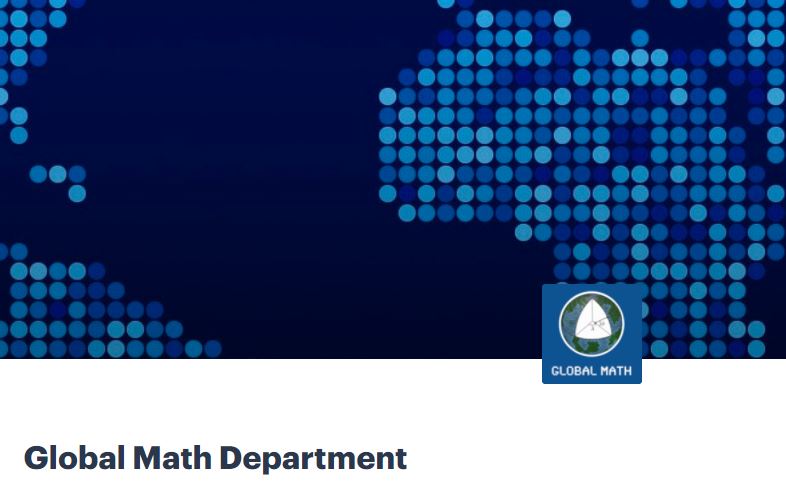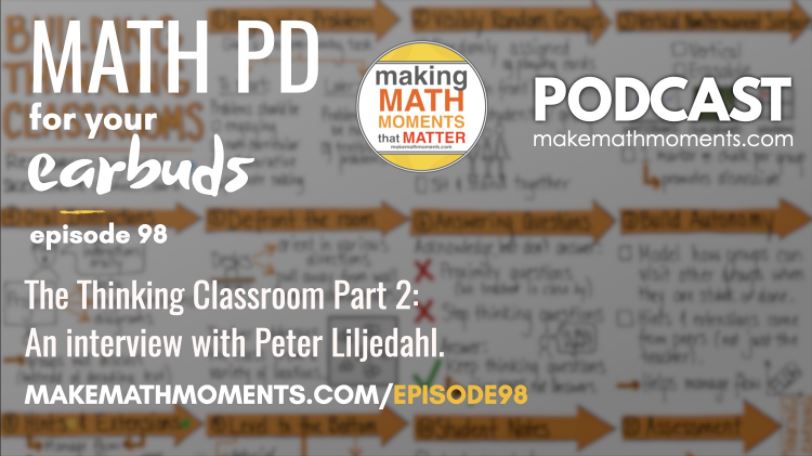
In this episode we speak with the godfather of the Thinking Classroom Peter Liljedahl. We spoke with Peter way back on episode 21 of the podcast about how he built the components of the thinking classroom and we needed to bring him back on because we only got through a fraction of what we needed to!
Stick around because as always Peter drops some classroom move knowledge bombs! In particular he shares why groups of 3 are better than groups of 2 in your math class; how to choose a task to fit the environment instead of modifying your environment to fit the task; 4 practices that help move group synergy work to an individual knowing; and, why “descriptions” of effective teaching strategies shouldn’t necessarily lead to “prescriptions”
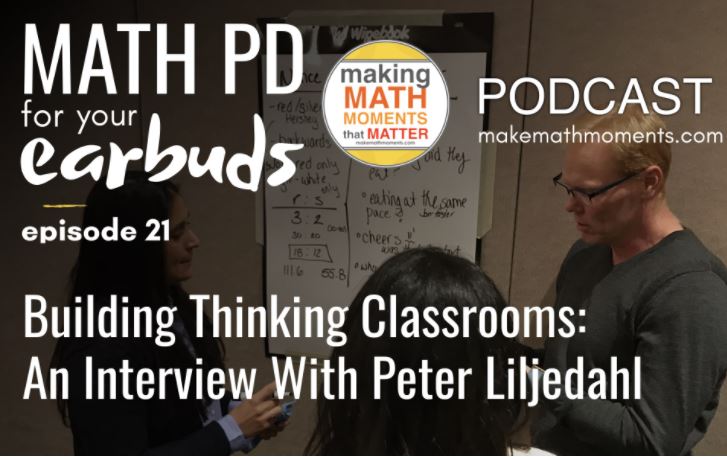
In this Math Moment Interview, we talk with Dr. Peter Liljedahl, Professor of mathematics education at Simon Fraser University who has been researching ways to get students to become resilient problem solvers through ideas such as using vertical non-permanent surfaces, visible random groupings, selecting tasks with evolving complexity, and much more…He calls his work The Thinking Classroom.
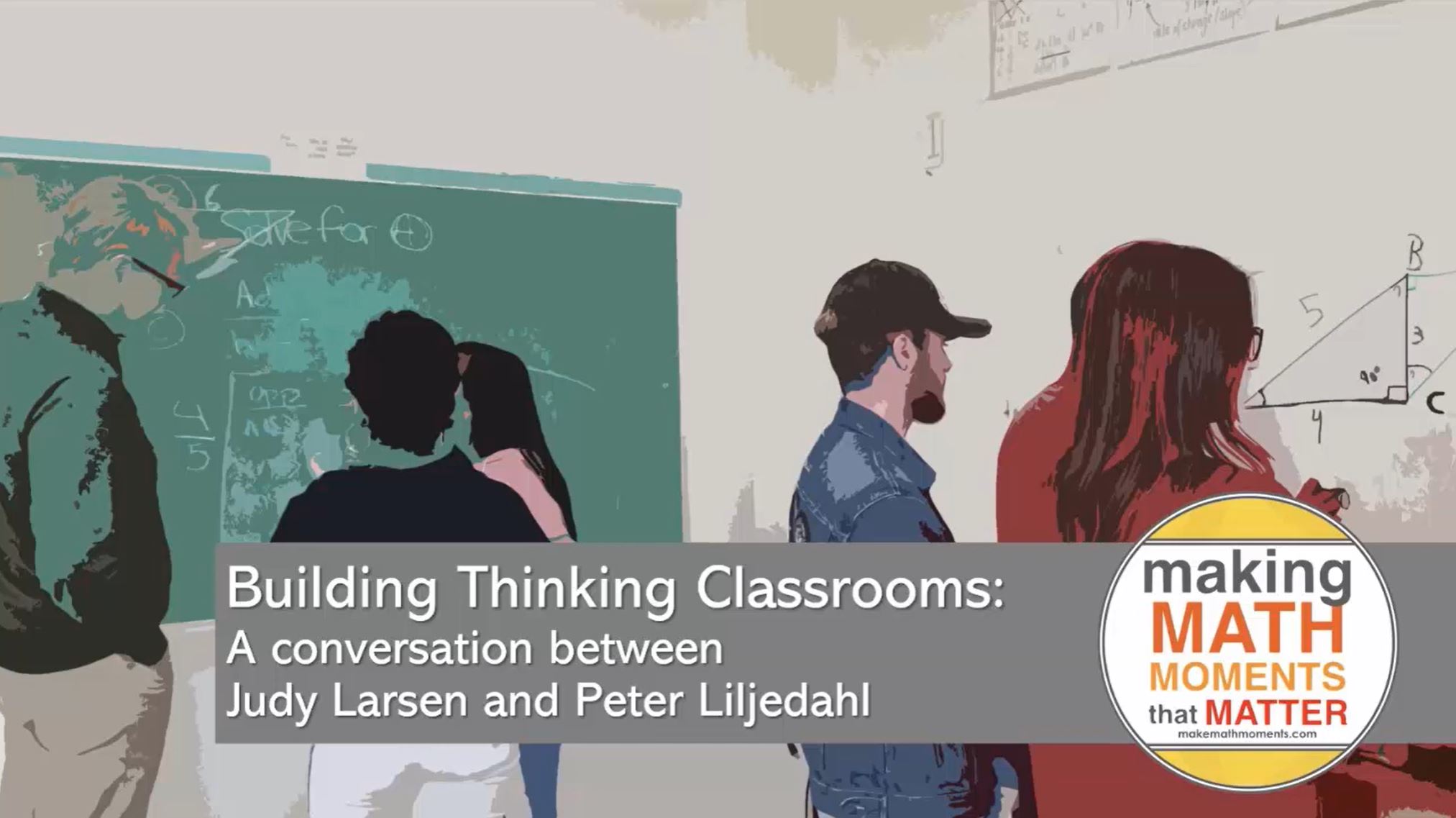
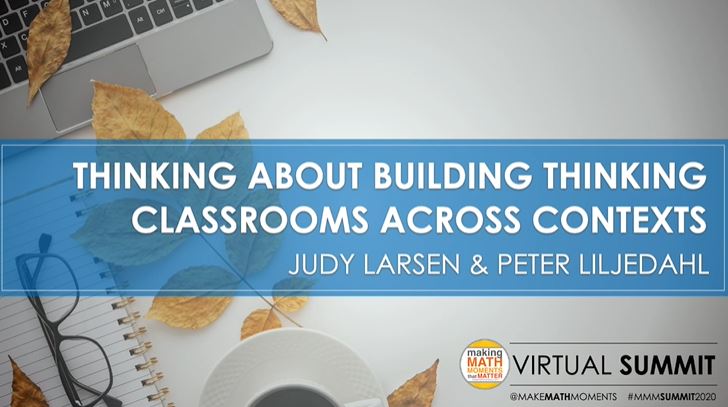
Although Building Thinking Classrooms is a collection of pedagogical tools that emerged out of research concerned with promoting thinking in the K-12 face-to-face environment, it lives in and extends to spaces that go well beyond this setting. In this conversation, Peter and Judy explore the Building Thinking Classrooms framework across four learning contexts (K-12, post-secondary, professional development, and online). They discuss similarities and differences among these contexts, and highlight implications for practice both in online and f2f settings.
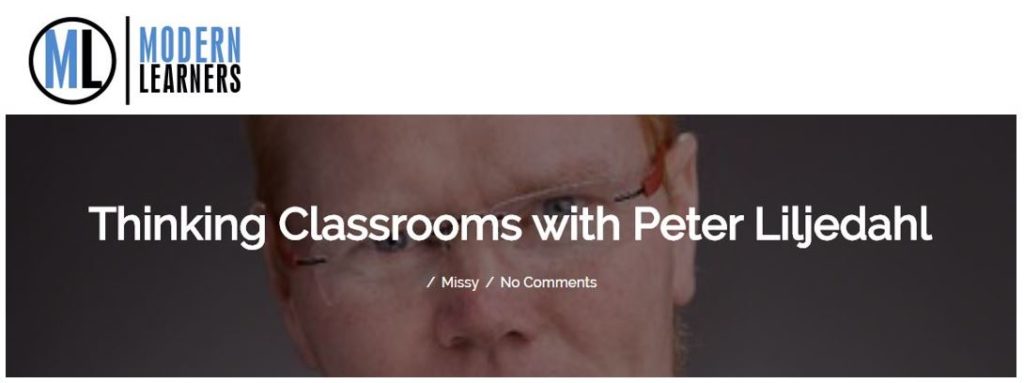
Last week, Dr. Nicki mentioned Peter Liljedahl’s research on vertical, non-permanent spaces. That took me on a journey into Peter’s work, and after reading all of Peter’s work around Thinking Classrooms, I had to invite him to the Modern Learners podcast. Luckily, he made time in his busy schedule before we concluded our math theme.
This podcast episode is the perfect bridge between our MLC themes. We’ve spent time exploring math through our Modern Learners Lens, and now we’re moving into Places and Spaces. Peter does an excellent job in this interview explaining the research behind vertical, non-permanent spaces. He even mentions that he’s never seen a classroom not be able to find space or budget to create more vertical, non-permanent spaces once they experience the thinking those spaces naturally produce. The research is clear, and now we just need to make it happen.
